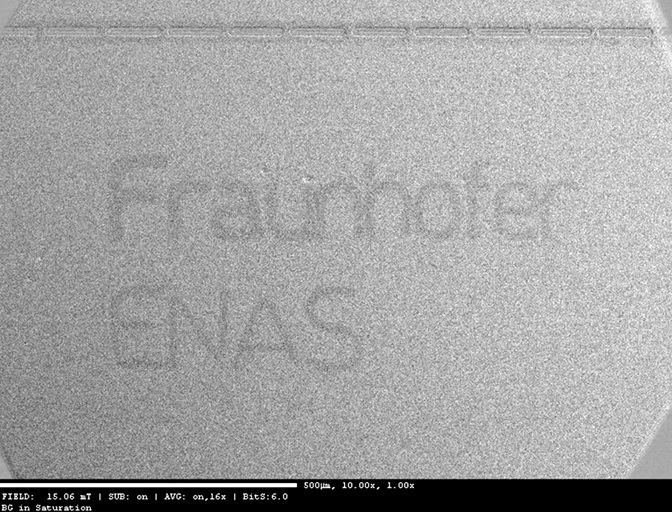Spintronics: Laser Annealing for Local Crystallization of TMR Sensors

The performance of magnetic field sensors based on spintronic effects, particularly the »giant magnetoresistance« (GMR) and »tunneling magnetoresistance« (TMR) effects, causes a continuous growth of their market volume. TMR-based systems, which have been in the focus at the Fraunhofer ENAS for the past few years, provide a significantly higher sensitivity, smaller dimensions and better energy efficiency, representing a promising technology for the next generation of sensors also in the automotive and industrial sector. In the case of CoFeB/MgO-based sensor elements, a maximum TMR signal is dependent on an annealing step, which is necessary for particular crystallization, as well as setting a reference magnetization in the thin-film system. Especially the temperature requirements for the crystallization of CoFeB are often challenging for their integration in smart systems or on flexible substrates, since this step typically takes place by vacuum oven annealing in the presence of an external magnetic field. Alternatively, this annealing process can be performed by laser irradiation, which allows a locally resolved magnetic patterning of the sensors and thereby a monolithic integration of multidimensional sensors, too. Recently, the successful crystallization of CoFeB thin-film systems by local laser annealing at dwell times in the µs-range has been demonstrated, which further develops potential for the implementation of highly sensitive TMR elements in architectures with special temperature requirements. This allows to considerably expand the scope of application by a more versatile integration of the spintronic technology into smart systems.
 Fraunhofer Institute for Electronic Nano Systems
Fraunhofer Institute for Electronic Nano Systems